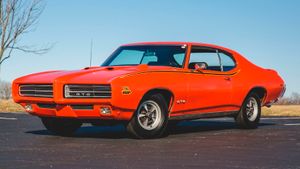Just how well do you know this legendary pony car?
There’s no denying the Ford Mustang has had a lasting effect on the automotive landscape. Just how many cars have been produced continuously for over 50 years? Not many, so just based on that the Mustang is elite.
Just because this muscle car has been around for a while doesn’t mean you know all there is to know about the first generation models. That’s what the following ten facts are about. How many of these did you already know? The rest feel free to catalog away and dispense them at the next party you attend, to impress the host and everyone else.
1. Pony Emblem Origin
There’s a degree of mystery around how the Ford Mustang got its name, with some claiming it straight-up was named after the P-51 fighter plane and others swearing it’s solely a connection to the wild mustang horses of the American West. Then there are stories of the car almost being named the Cougar and other animals, while others insist Mustang was always the plan. One thing’s for certain: the Mustang badge is just like the logo for SMU, with one key difference. While the SMU pony is running to the right, the Mustang pony is running to the left, something many have interpreted as symbolizing going west toward open spaces and freedom. There’s even a story of Lee Iacocca storming into SMU football team’s locker room after a game at Michigan and declaring he was inspired by the visitors. Whether that’s true or not, their logo certainly was inspiration for the Mustang badge.
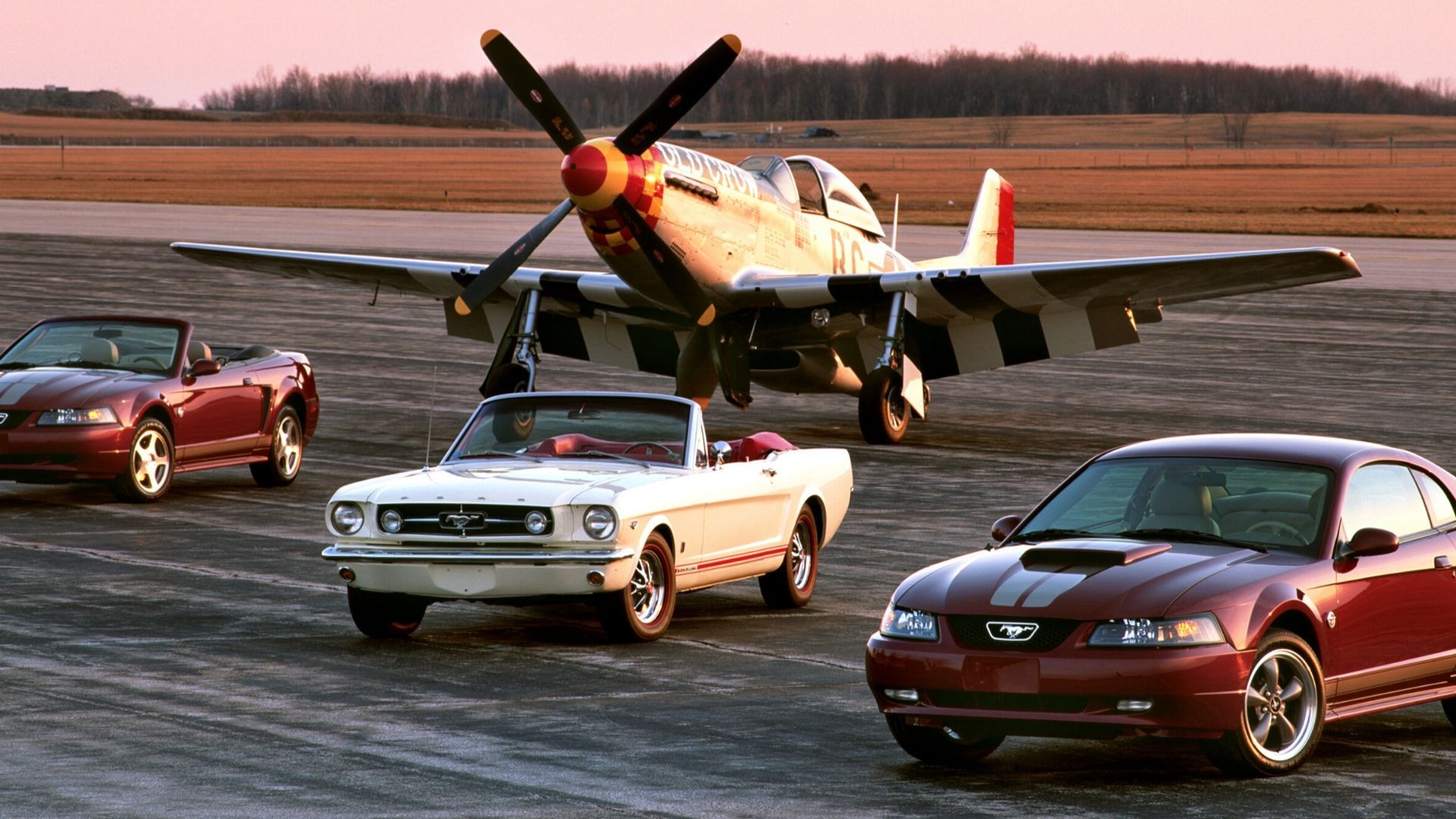
2. About That Name
Yes, people will debate the origin of the Mustang name and have for over 50 years now, including former Ford employees. However, those who worked on the project back in the day keep repeating the same story: the P-51 Mustang was in fact the original inspiration for the car. However, Ford leadership shot down the idea because it would be too difficult to market, at least that’s the story. Later the name was pitched as a connection to the horse and the American West, something Ford management thought was a great idea. John Najjar backs up this story, so if you think he’s wrong, take it up with the man.
3. 1964.5 Isn’t Official
People will go to the grave and swear on a stack of Bibles the 1964.5 model year Mustangs are officially recognized by Ford as such, but that’s actually not true. While collectors and enthusiasts use 1964.5 to distinguish the first batch of Mustangs from the rest, they are officially 1965 models. That doesn’t mean you’re wrong or bad for using 1964.5 for the first wave of Mustangs, because there are some differences between them and the rest of the 1965 models, so it helps avoid confusion. However, you should be aware that Ford officially recognizes 1965 as the first model year.
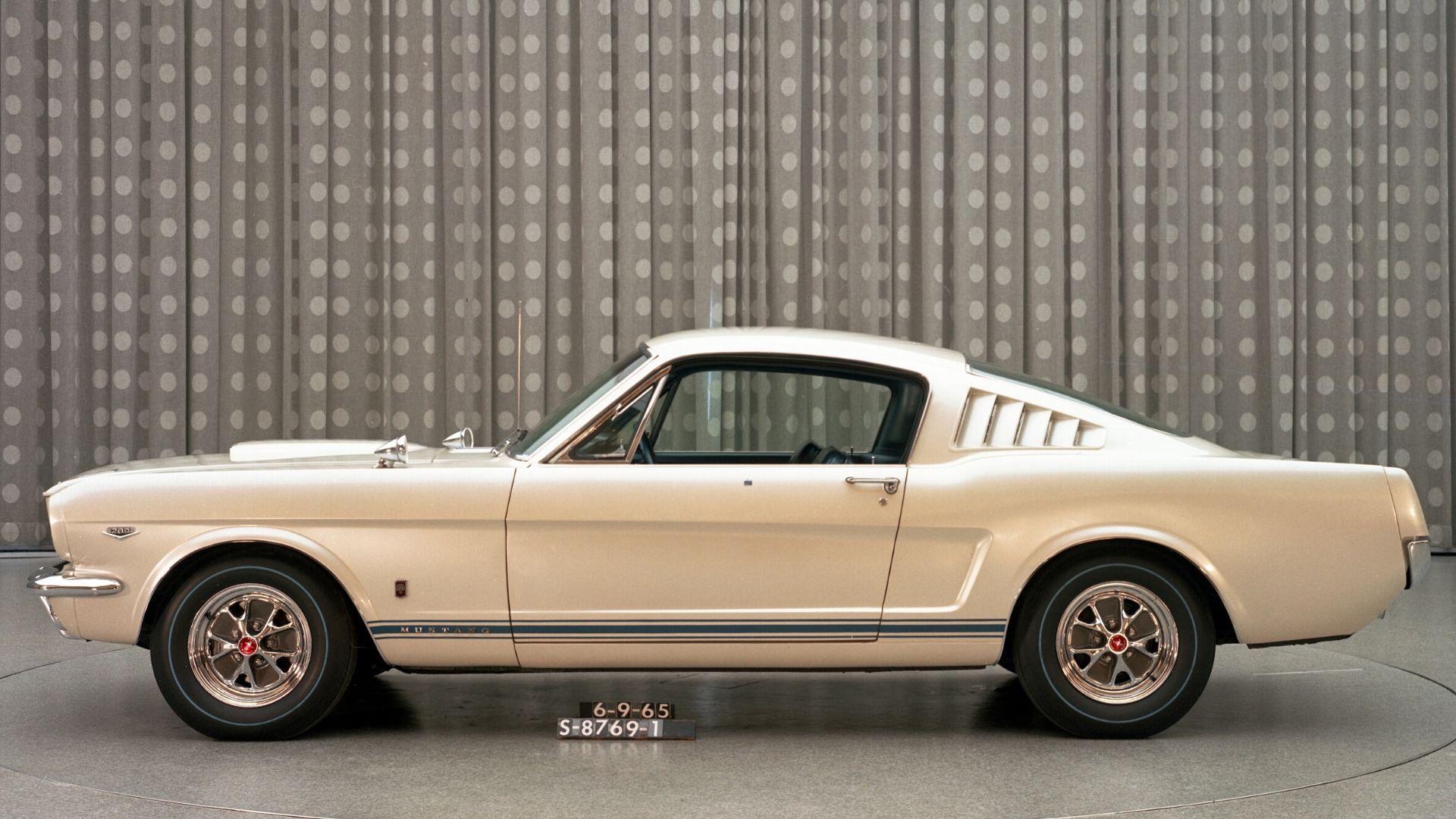
4. Down Under Sales
While it’s true Ford of Australia didn’t get into the business of producing the first-generation Mustangs, but that doesn’t mean none made their way to the giant island nation. In fact, 48 1965 Mustangs were imported and converted to right-hand drive as a way to drum up interest in the new Ford XR Falcon. For the 1966 model year, Ford of Australia imported and converted 161 Mustangs. That makes these original pony cars extremely rare in the land Down Under and a hot item for collectors there.
5. Biggest Displacement
While the Ford Mustang has used some pretty potent engines, when it comes to the largest displacement the record was set long ago. Back in 1969 and 1970 the Boss 429 was offered as a way to homologate the semi-hemi 429 V8 for use in NASCAR. Top output for the Boss 429 was rated at 375-hp. In 1971 Ford used the 429 V8 from the Torino in its pony car. Never again has the Blue Oval offered that much displacement in a production Mustang.
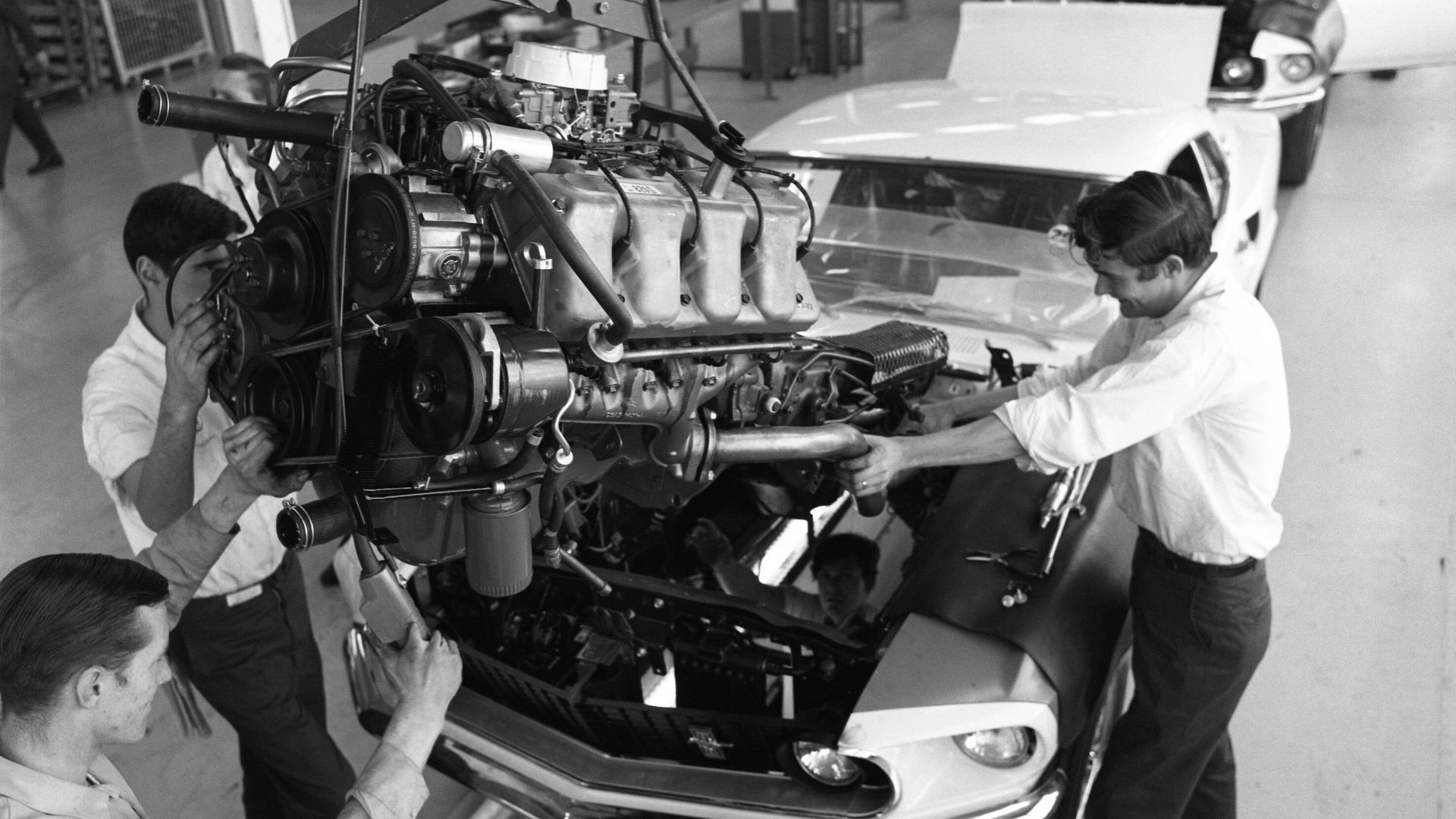
6. Get The Scoop
Perhaps the most annoying thing to enthusiasts is non-functional hood scoops on cars. Thankfully, the hood scoop used on the 1968 Mustang 428 CJ models was functional. Plus, it was the first time a Mustang featured such a thing as a factory-installed feature. It is true the 1965 Shelby GT350 also had a functional scoop, but that obviously wasn’t installed in a Ford factory.
7. First Blower
It didn’t take long for the Ford Mustang to be offered with a supercharger, thanks to Carroll Shelby. He decided to offer a Paxton Supercharger for the GT350 in 1966, with only 11 customers opting for the pricey $670 option. Shelby claimed the forced induction pushed the Ford Hi-Po 289 from a decent peak 271-horsepower up to 395-hp, a 46 percent increase.
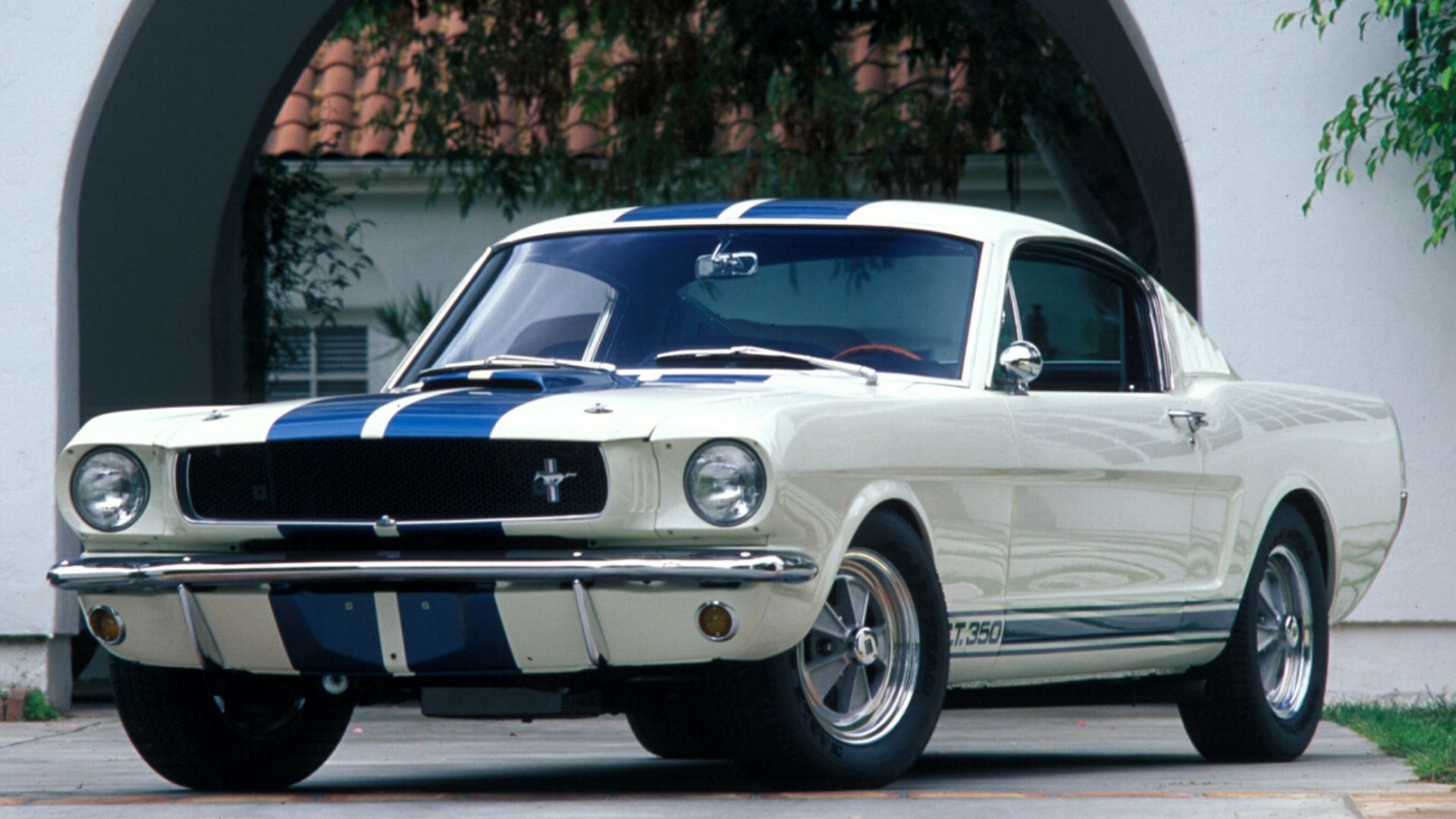
8. Mustang With A View
Ford engaged in all kinds of publicity stunts back in 1964 to drum up interest in the Mustang, even releasing wild stories like a man sleeping in one until his check cleared so nobody would take it and a truck driver being so mesmerized by seeing the pony car he drove his big rig right into a dealership. Ford also put a Mustang on the 86th floor observation deck of the Empire State building, but engineers had to chop up the car and take the pieces up on a service elevator since it wouldn’t fit through the passages any other way.
9. Sequential Turn Signals
Many Mustang owners have ordered kits to convert their rear turn signals so they’re sequential, which admittedly looks really cool. What most don’t realize is the first time Ford made sequential turn signals for the Mustang wasn’t in the classic first generation. Not so, many are screaming right now. While it’s true the 1968 Shelby GT350 and GT500 had sequential turn signals, those cars actually used Thunderbird taillights, a move that was continued for the 1969 and 1970 model years. The first time Ford made sequential turn signals in taillights specifically for the Mustang was in 2010.
10. Rolling In My 5.0
Too many car fans these days think the first time a Ford Mustang was offered with a 5.0-liter V8 was in the 1980s. The truth is back in 1968 Ford first offered not one but three 5.0-liter engines. They weren’t the beastly performers we came to love later in the 1969 and 1970 Boss 302 Mustangs. In fact, the 302ci V8s from 1968 put out just 220-hp with the 2bbl carb or 230-hp with a 4bbl carb. Even with the 600-cfm Holley and aluminum intake used for the Shelby GT350’s 302, output only reach 250-hp.





